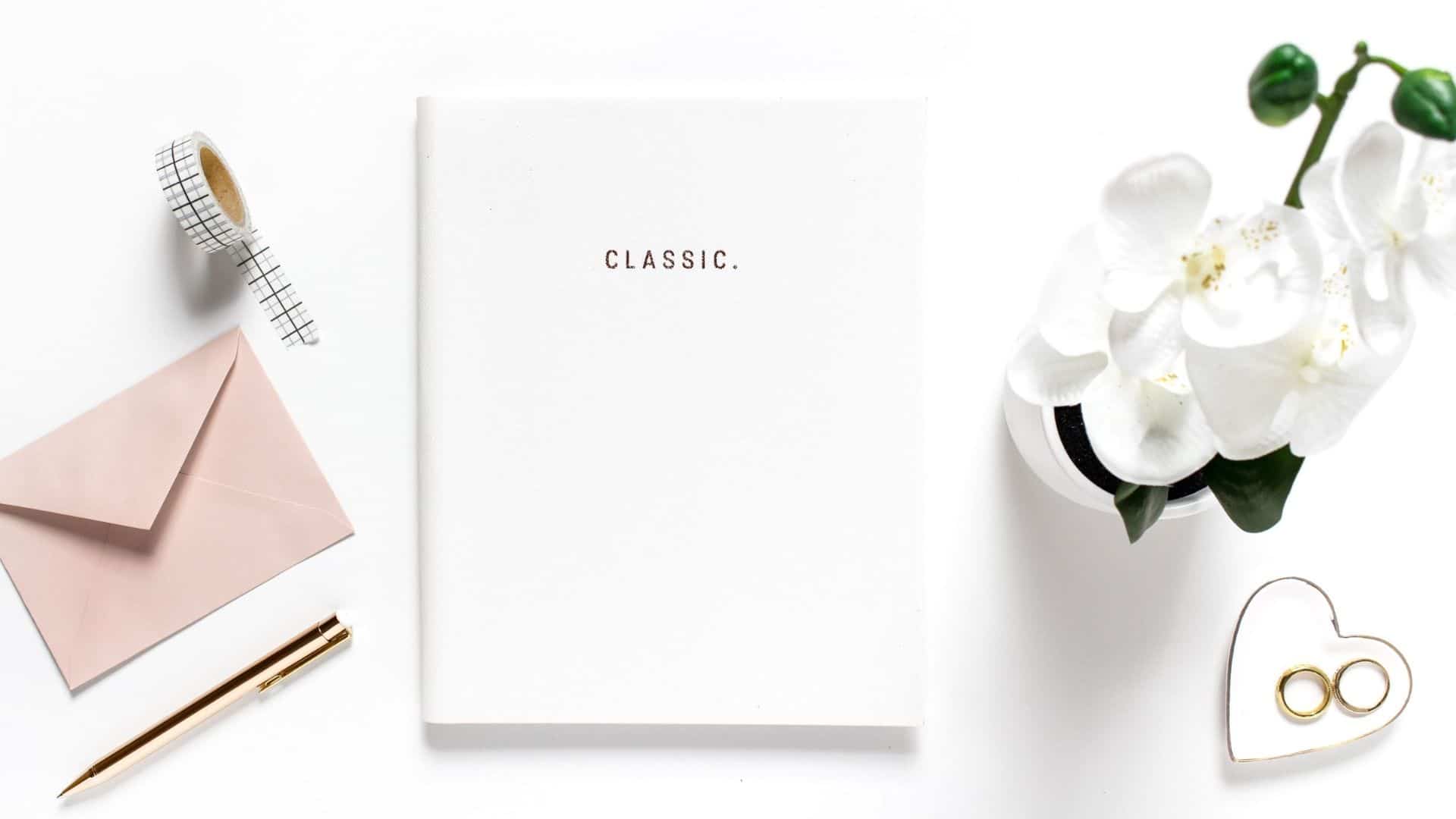Choosing branding colours comes easy for me because of my background with colour theory. But it’s pretty presumptuous for me to think it would be easy for you, so we’re going to fix that in this post.
In a post I wrote “Do You Make Any of These Common Mistakes When Choosing Your Branding Colours“, you learned about 5 common mistakes and there was an exercise available to get a jump start on choosing your branding colours. Even with that exercise, choosing the colours isn’t the problem, but actually implementing it into your visual content, that’s another story. For example, if your primary colours are a certain shade of green and let’s say you’re creating a blog post to talk about a new service you’re offering and with the other images you’re using, that shade just doesn’t work.
Wouldn’t it be better if you had a simple way to choose different lightness and darkness of colours and still have everything align with your brand and ideal customer? and wouldn’t it be even better if the tool to do this was free?
In this tutorial, you’ll be able to replicate these steps just using a single colour.
- Head on over to Adobe Colour
- On the left side of the screen, choose “Shades”
- Inside the colour wheel, move the circle to closely match the colour you want as your primary color. As you move the circle, you’ll notice that the other colours start adjusting themselves. All of these colours are within the same colour family, but just have different tints and tones to them.
- Record the hex numbers for all 5 colours. You should have two darks, two lights and your primary. So now if you need to create a background on your website or social media post, you can easily choose what you want as a background and use the opposite colour (or white or black)
Here is a short video (with background music) showing you how easy the process is.
You may think that using minimal colours will give you a boring website or social media graphics right? that’s further from the truth, because in all honesty, the colours, even though are part of your brand, they just support the visual component of your brand. For your website, it’s the content that’s going to help you shine.
You also may be tempted to try the other options on that page such as Analogous, Monochromatic or even Complementary, so have fun exploring and experimenting. BUT avoid doing this for too long or you’ll get sucked in for hours. Maybe schedule the exploring for another day which will allow you to move forward.
So if you know nothing about colour theory, give this quick exercise a try and let me know in the comments below what colours you end up choosing.
Until next time, stay inspired.


Your blog and writing is fantastic. I’m really learning alot from it. My ICPs favorite color is purple, the chart showed blues, purples and magenta.
That’s a nice set of colours – as long as your ideal customer likes the colours, you’re all good.